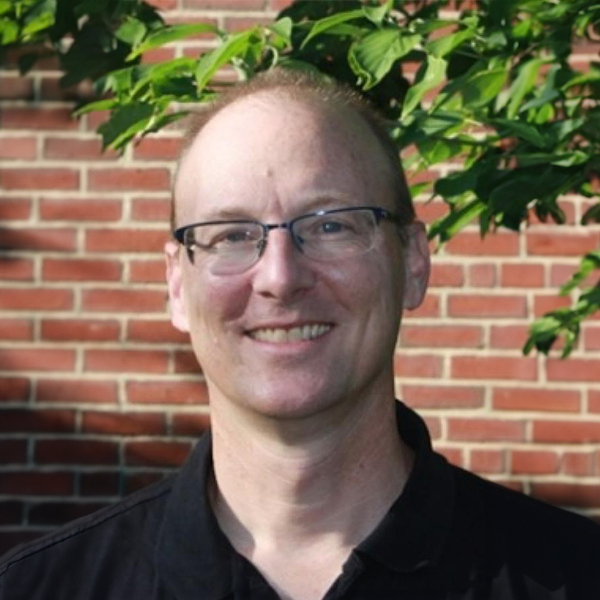RESeARCH GOAL
About the Researchers
MD Shaad Mahmud, Assistant Professor of Civil and Environmental Engineering
Contact: MDShaad.Mahmud@unh.edu
Remote Sensing Lab
Research Team:
UNH College of Life Sciences and Agriculture: Wil Wollheim
UNH College of Engineering and Physical Sciences: Md Shaad Mahmud
Soil organic matter, or SOM, which contains both carbon and nitrogen, plays a crucial role in growing crops as well as a variety of physical, chemical and biological processes and is directly linked to essential ecosystem services—like nutrient cycling and storage, pollutant absorption and retention and carbon dioxide sequestration. However, measuring soil carbon and nitrogen can often be a difficult and technical task for farmers and other growers to perform themselves. Developing and testing an on-the-go sensor in the Northeast can offer a simple, low-cost and immediate method for measuring soil health in real time, providing farmers, land managers and environmentalists a tool for making informed decisions about soil quality, nutrient requirements and carbon sequestration practices.
Currently, soil carbon and nitrogen are measured by collecting a field sample, followed by processing and analyzing that sample in the lab. However, this is a costly and time-consuming process that requires lab expertise to run the equipment, noted Wil Wollheim, Station scientist and a professor of natural resources and the environment in the UNH College of Life Sciences and Agriculture.
“What we’re developing is a simple-to-use field instrument that provides both carbon and nitrogen estimates,” said Wollheim. “The tool will be much more cost-effective than the current method, and it’ll offer farmers the information they need in real-time versus waiting for a lab to provide that information back to them.”
“Ultimately, we’ll be empowering farmers and growers with immediate and accurate data on soil health and nutrient dynamics so that they can make timely decisions in optimizing land management and implementing sustainable agricultural practices.” ~ MD Shaad Mahmud, an assistant professor of electrical and computer engineering, CEPS
MD Shaad Mahmud, an assistant professor of electrical and computer engineering in the UNH College of Engineering and Physical Sciences, added that the sensing system will be adaptable to different soil types and environmental conditions, which will help ensure its effectiveness within a variety of farming settings.
“The unique sensing design will provide real-time, non-destructive and continuous measurements while also featuring a user-friendly interface,” Mahmud added. “Ultimately, we’ll be empowering farmers and growers with immediate and accurate data on soil health and nutrient dynamics so that they can make timely decisions in optimizing land management and implementing sustainable agricultural practices.”
As part of this project, the researchers are developing and testing the in-situ sensing system against traditional sample and analysis methods to determine its accuracy. The sensor, which users will be able to bring to a site and position in the ground to make measurements, will measure soil organic carbon and nitrogen concentrations and calculate carbon-to-nitrogen ratios. It will be tested under real-world conditions in the UNH agricultural research fields.
For farmers and growers, the sensor will offer a multitude of applications, said Wollheim, ranging from comparing soil carbon and nitrogen levels between fields—or even between sections of the same field—to accurately calculate fertilizer needs for different crops, which will ultimately benefit the environment by reducing nutrient runoff.
“The tool will be much more cost-effective than the current method, and it’ll offer farmers the information they need in real-time versus waiting for a lab to provide that information back to them.” ~ Wil Wollheim, professor of natural resources and the environment, COSLA
“Using the sensors, farmers can save money by only purchasing and using the fertilizer that they’ll need while also ensuring that excess nutrients aren’t added to the field that could potentially leach off into the water system and degrade water quality downstream, in the streams, rivers, ponds and lakes,” Wollheim added.
This material is based on work supported by the NH Agricultural Experiment Station through joint funding from the USDA National Institute of Food and Agriculture (under Hatch award number 7004025) and the state of New Hampshire.




